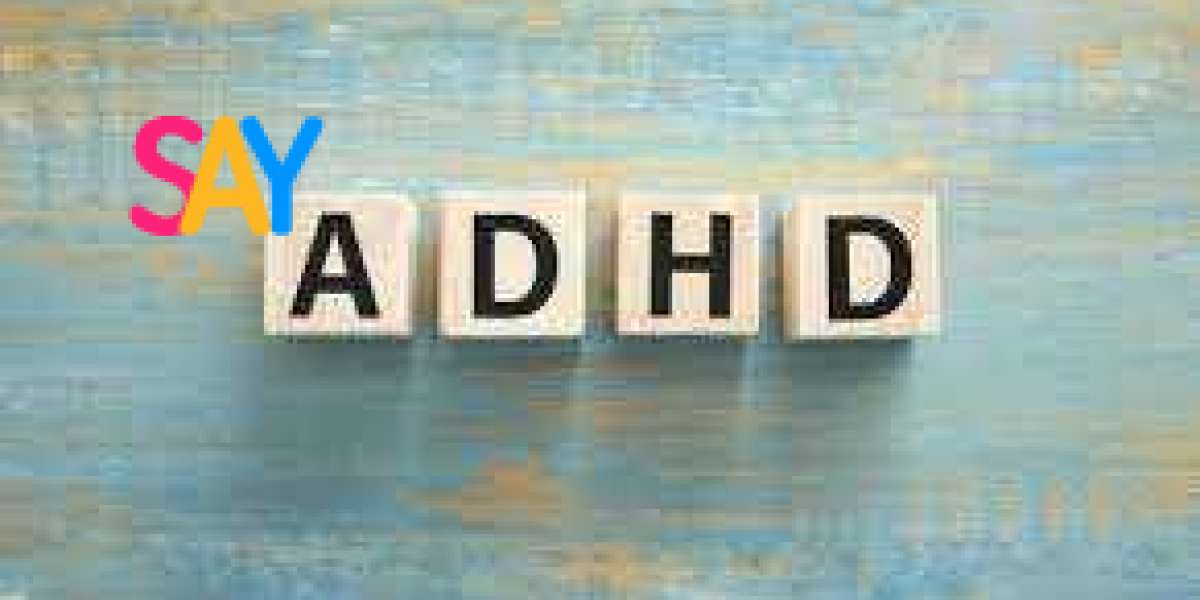Despite the historical association between childhood and Attention Deficit Hyperactivity Disorder (ADHD), the disorder's consequences persist throughout adulthood. The greater awareness of ADHD in recent years has highlighted the difficulty in detecting and treating the illness in adults. To identify the illness, a thorough understanding of adult ADHD symptoms, challenges, and how to receive effective treatment is required. The difficulties in identifying adult ADHD are examined in this article, along with tips for overcoming them. It discusses the varied nature of diagnoses for ADHD.
Understanding ADHD in Adults:
The characteristics that define ADHD, a neurodevelopmental disorder, are hyperactivity, impulsivity, and recurring patterns of inattention. Many people continue to experience symptoms well into adulthood, despite the fact that it is often diagnosed in childhood. However, diagnosing ADHD in adults has unique complications due to its mild presentation and overlapping symptoms with other mental health conditions.
Adults with ADHD may exhibit symptoms differently than youngsters. While some persons may primarily exhibit indicators of inattention, others may still exhibit the typical symptoms of impulsivity and hyperactivity. This variation complicates diagnosis since symptoms may be misinterpreted as signs of stress, anxiety, or other mental diseases. Adults with ADHD may also develop coping mechanisms to mask their underlying problems, which further complicates diagnosis and identification.
The Diagnosis Process:
An extensive assessment is required to diagnose adult ADHD, and it considers the patient's past developmental history, current symptoms, and functional limits. Mental health professionals frequently employ standardized rating scales, clinical interviews, and ancillary data from close friends or family members to gather relevant data.
A crucial step in the diagnostic process is differentiating ADHD from other conditions with comparable symptoms. Bipolar disorder, depression, and anxiety disorders are commonly diagnosed alongside ADHD, leading to diagnostic uncertainty. Consequently, doctors need to conduct thorough examinations in order to differentiate between the overlapping symptoms and arrive at a clear diagnosis.
Challenges in Adult ADHD Diagnosis:
The diagnosis of adult ADHD is difficult for several reasons:
Stigma and stereotypes:
Despite increased knowledge of the disorder, adult ADHD still carries stigma and misconceptions. Many people are afraid to seek help out of fear of being perceived as lazy or incompetent, which leads to underdiagnosis and undertreatment.
Gender Differences:
Men are more likely than women to exhibit evidence of hyperactivity, while women are more likely to display signs of inattention, when it comes to ADHD. Diagnoses of ADHD may go unrecognized due to the gender gap, especially in women who don't fit the stereotype.
Comorbidity:
When ADHD coexists with other mental health conditions, diagnosis and treatment can be difficult. Untreated comorbidities exacerbate ADHD symptoms and impair functioning generally, underscoring the significance of a comprehensive evaluation.
Late-Onset ADHD:
While ADHD is typically diagnosed in children, some adults may also experience symptoms. If the correct treatment for late-onset ADHD is overlooked or incorrectly associated with stress or other lifestyle factors, it may take longer to manifest.
Selecting the Appropriate Course of Action:
After being identified, adults with ADHD may benefit from a multimodal treatment plan that combines medication, psychotherapy, and lifestyle modifications. Stimulant medications such as methylphenidate and amphetamine salts are commonly prescribed to treat symptoms of ADHD by boosting neurotransmitter activity in the brain.
Psychotherapy, particularly cognitive-behavioral therapy (CBT), is helpful in teaching people time management skills and coping mechanisms in addition to addressing comorbid conditions like depression and anxiety. Lifestyle modifications such as regular exercise, enough sleep, and stress management techniques can complement medications and therapy interventions.
Individuals with ADHD need to collaborate closely with their physicians to personalize treatment plans that fit their unique needs and preferences. Regular monitoring and adjustments may be necessary to optimize treatment outcomes and minimize side effects.
The Importance of Awareness and Advocacy:
Adult ADHD management requires not just a formal diagnosis and therapy, but also advocacy and self-awareness. Finding the appropriate support and adjustments may be made easier for people if they acknowledge their illness and how it affects other areas of their lives. Speaking out for oneself in social, professional, and academic settings can facilitate obtaining the resources and adjustments required for success and self-satisfaction.
People with ADHD can engage with others, share stories, and trade coping methods in online forums and support groups. Establishing a network of allies can be beneficial in lowering feelings of isolation and providing assistance and motivation in overcoming the difficulties associated with managing ADHD.
In conclusion:
Adults are better suited to understand the nuances of ADHD diagnosis, treatment, and presentation. Despite the challenges, adult ADHD can be diagnosed and treated to provide noticeable improvements in functioning and quality of life. By promoting understanding, advocating for an accurate diagnosis, and endorsing comprehensive treatment strategies, we can help individuals navigate the challenging terrain of adult ADHD. Through increasing consciousness, demonstrating compassion, and collaborating, we can dismantle obstacles and give individuals with ADHD the resources they require to thrive despite their challenges.





